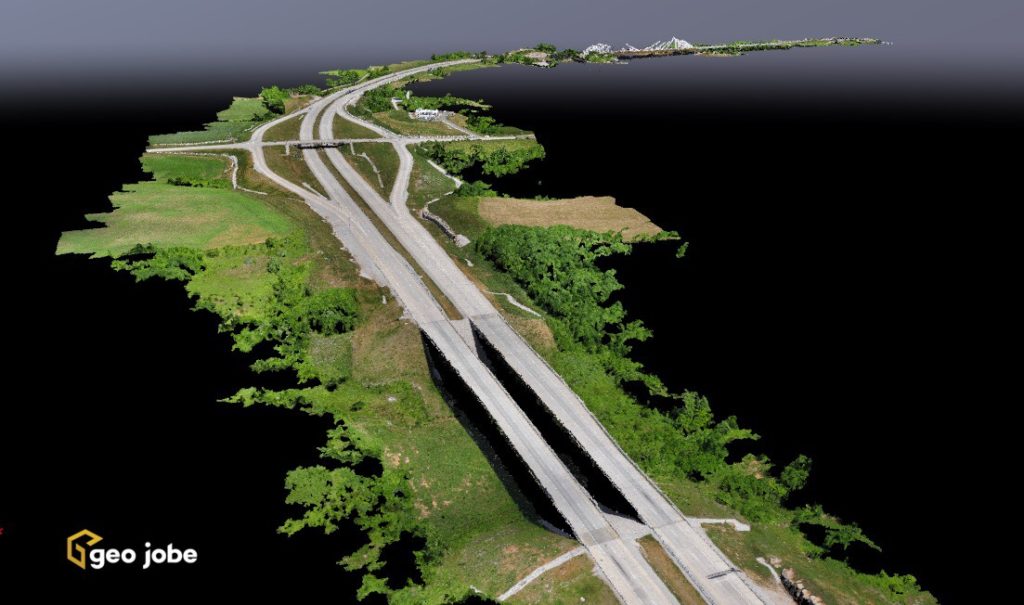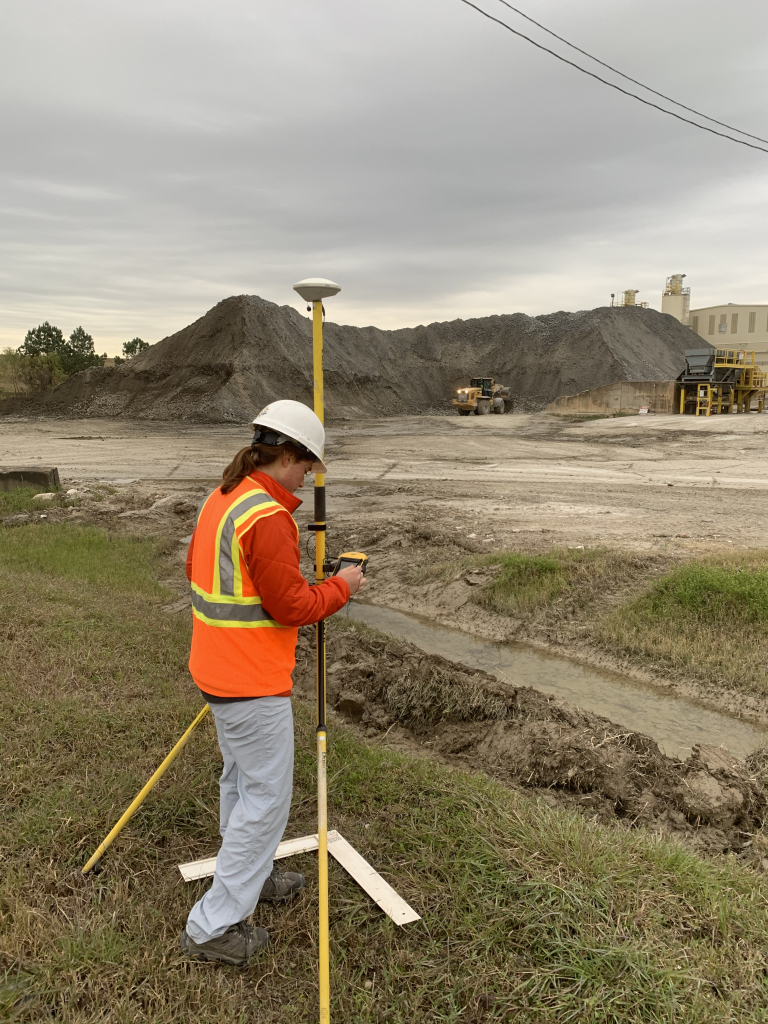There are certain things you can count on with almost any Unmanned Aerial Vehicle (UAV) job. Something will go wrong is one of those. It is almost as if the adage “One is none, two is one”, was made for UAV jobs. One of the pillars of Project Management is to identify and mitigate risk. This can’t be stressed enough for UAV jobs. Identifying risk means asking, “what could go wrong?” Mitigating risk means finding ways to eliminate things that could go wrong or minimizing their negative impact on your project.
All UAV jobs have at least two high risk elements no matter what. First, they are outdoors, that is, remote from the office. In some cases remote from just about anything! Second, they rely completely on technology – hardware, software, and communications.

If you’re one not prone to planning and making lists either mentally or written, it won’t take you long to discover what can go wrong on a typical UAV job. The point of this article is to reinforce the value of having and using a checklist for all UAV jobs.
There really are two types of UAV checklists. One is more like a shopping, or needs list. The other is a risk list. UAV checklists should include not only physical things, batteries, drones, etc., but also procedural steps as well. Checking airspace restrictions is an example of a procedural checklist item. Project management risk mitigation principles and techniques provide an effective method to build a risk checklist that can save you a lot of time, maybe even salvage a UAV project altogether. Your workflow, UAV platform, and internal procedures will determine the needs checklist.
Rather than providing an example of a checklist, this article outlines a thought process that anyone can apply to their own circumstances and workflows to build their own best checklist.
Building a Checklist
| Risk Identification | Risk Mitigation(s) |
| Drone/Controller needs firmware update | Always check and update before going out |
| Hard landing and wing breaks (fixed wing platforms) | Pack extra wings |
| Rotor blade breaks or becomes chipped | Check the rotor blade condition before going out. Pack extra blades |
| Project is in a restricted airspace | Use LAANC to request appropriate approval |
| Cell (or other tower) or wires in flightpaths, including turning arcs | Check existing aerials. Visit site and measure obstruction height(s), if feasible |
| No power on site to charge batteries, controller or laptop | Pack portable battery charger or other power source. Yeti makes good portable charger |
| Weather | Have and use a forecast app you have proven to be reliable for your purposes |
| No place to fly from but the side of the road | Pack traffic safety cones |
| Hawks attack the drone | Pack extra underwear |
This is by no means an exhaustive list of risks. It is more a methodology to get pilots to think about their situations in order to create an effective checklist that is consistent with their procedures. Your particular niche and industries will determine the other types of risk you will want to consider.

A typical UAV needs checklist can include GCP targets, GPS equipment, Base Station, batteries, personal protective equipment (hard hats, high visibility surveyor vests, work boots), poles for GPS equipment, survey nails and hammer, water for drinking, sunscreen, snacks, controller antennae, laptops, mouse, WiFi hotspots (sometimes cell phones work), chargers and cables, SIM cards and adapters…
Checklists have saved the day for the GEO Jobe UAV crew in numerous cases. You will be well served to have your own checklist built on this methodology. Remember not to forget though, having one doesn’t mean it’s done. The checklist should always be considered dynamic and adaptable to new or changing circumstances.
Need a job flown? Contact us today at FlyThis.net


